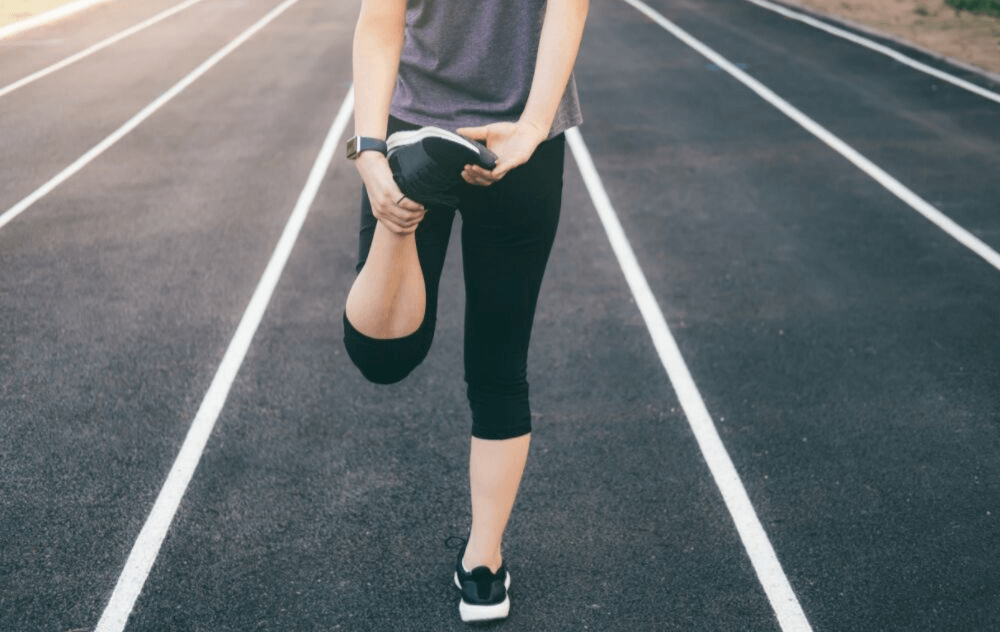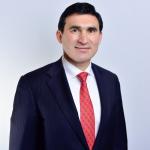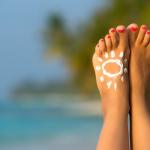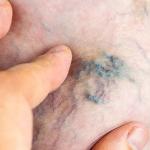
Varicose and spider veins, often associated with aging, might seem like concerns reserved for older individuals. However, the reality is that these vascular issues can also manifest in young adults. Understanding the factors contributing to their development and recognizing the signs early on can be crucial in addressing these concerns effectively.
Varicose and spider veins in young adults aren’t common. However, vein issues can develop as early as in one’s 40s, 30s, or even 20s.
If you’re wondering why you have spider veins or varicose veins while you’re still relatively young, read on. This article explains why varicose veins might occur in young adults and what to do if you notice visible veins in your legs or other related symptoms.
Sign Up for Our Newsletter to Stay Informed
When Do Varicose Veins Start?
Varicose veins and spider veins usually occur in adults in their 50s or older. That’s because age impacts your veins. The valves in your veins and the endothelial cells — cells that make up blood vessel walls — tend to weaken and start to malfunction over time.
Damaged valves are the root cause of issues like varicose veins and spider veins. When the valves don’t work properly, a condition called chronic venous insufficiency develops. Venous insufficiency, also known as vein disease, causes varicose veins.
The age at which this damage begins and the specific risk factors from person to person.
Possible Causes of Varicose Veins in Young Adults
Vein valves are sensitive, delicate structures. As such, prolonged inflammation or other stressors will eventually cause damage. So what factors can lead to damaged veins?
- Hereditary. Genetics often plays a role in the development of vein disease, accounting for about 80% of cases. If you’re wondering why do I have spider veins in my 20s or 30s, the chances are high that your family members or close relatives also have spider and varicose veins.
- Standing or sitting for long periods of time. We often see this in patients whose occupation involves a lot of standing, such as nurses, hair stylists, coaches or teachers. If your work requires you to stand for hours at a time, you may be more at risk for varicose veins, no matter your age.
- Being overweight. People who are overweight put more pressure on their veins. Plus, extra body fat can squeeze the walls of your veins, which can have a damaging effect on the delicate valves.
- Birth control pills. The use of birth control pills or hormone replacement therapy can be a risk factor for developing varicose and spider veins. That’s because an imbalance of hormones, namely estrogen and progesterone, can lead to damaged veins.
- Hormonal changes in pregnancy. Hormonal changes during pregnancy increase the blood flow throughout the body to help support a developing fetus. One possible side effect of this change is varicose veins or spider veins.
Spider and Varicose Veins in Young Adults: Signs and Symptoms

If you have varicose veins or spider veins, you might also have physical symptoms like leg fatigue or swelling. As a young adult, these symptoms aren’t likely to interfere with your daily life like they often do with older adults.
However, it’s important to know that varicose veins won’t go away on their own. Treatment is the only way to get rid of them. Your symptoms can also worsen over time, leaving you with more bulging veins and discomfort.
Here are the physical symptoms that you might notice along with varicose or spider veins as a young adult:
- Pain or a feeling of heaviness in the legs
- Swelling of the feet, ankles, or lower legs
- Restless legs
- Numbness or tingling in the lower extremities
- Leg cramps, usually occurring at night or after periods of sitting for a long time
Even if you’re relatively young and are experiencing any vein symptoms, it’s important to see a vein specialist for the treatment you need.
Why Do I Have Varicose Veins in My 20s?
The presence of varicose veins at a young age may seem unexpected, but several factors can contribute to their development. Understanding the underlying reasons behind varicose veins in young adults can help in monitoring vein health and seeking appropriate treatment options.
You might have varicose veins in your 20s or 30s because of a family history of venous insufficiency. It could also be because of your job, pregnancy, or being overweight.
Other factors that may have impacted your veins include high blood pressure from smoking or stress. Simply not getting enough exercise can also play havoc on your vascular health. Exercise supports good circulation, but when our bodies don’t move enough, circulation decreases, and our blood vessels don’t remain healthy.
The bottom line is many factors might lead to damaged or diseased veins in young adults. And a lot of these factors are out of your control. So you shouldn’t feel like you did something wrong to cause bulging veins or branch-like spider veins to appear at a young age.
Nor should you feel discouraged about your future vein health. Varicose veins are treatable. You can also take steps to keep your veins healthy, such as getting plenty of exercise and eating a high-fiber, antioxidant-rich diet. These lifestyle changes will make it less likely for varicose veins to develop again when you’re older.
Varicose or Spider Veins in Your 20s or 30s? Here’s What You Should Do
At USA Vein Clinics, we treat varicose and spider veins without surgery. Our expert vein doctors specialize in minimally invasive treatments, allowing them to offer the best vein treatment for each individual.
If you have varicose veins or spider veins, schedule a consultation with a specialist near you. We can improve the appearance of your legs while supporting your vein health.
Medically Reviewed By:
Dr. Yan Katsnelson is a philanthropist, business owner, and highly skilled cardiac surgeon. He is the Founder and CEO of USA Vein Clinics, which is part of USA Clinics Group, the parent company of USA Fibroid Centers, USA Vascular Centers, and USA Oncology Centers, with more than 100 facilities nationwide. Dr. Yan has established himself as a strong advocate for accessibility and affordability of the most advanced medical care close to home. His mission is to create a positive experience for each patient with compassionate, personalized, and expert care.
Sources:
Molnár, Andrea Ágnes et al. “The aging venous system: from varicosities to vascular cognitive impairment.” GeroScience vol. 43,6 (2021): 2761-2784. doi:10.1007/s11357-021-00475-2







